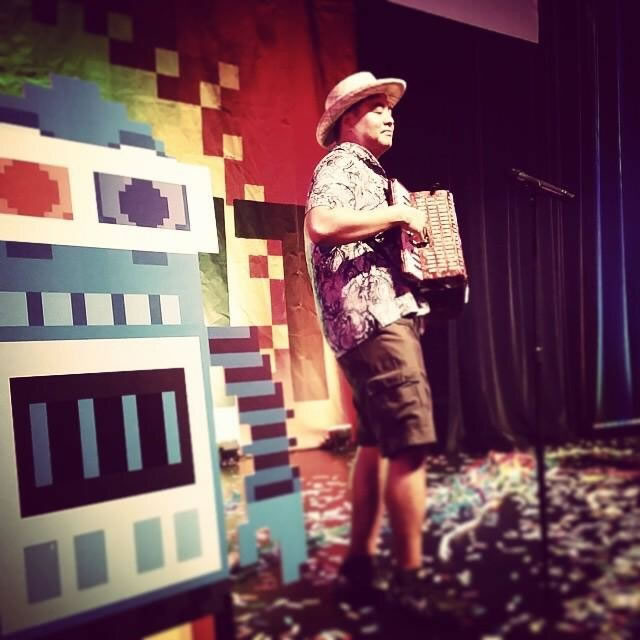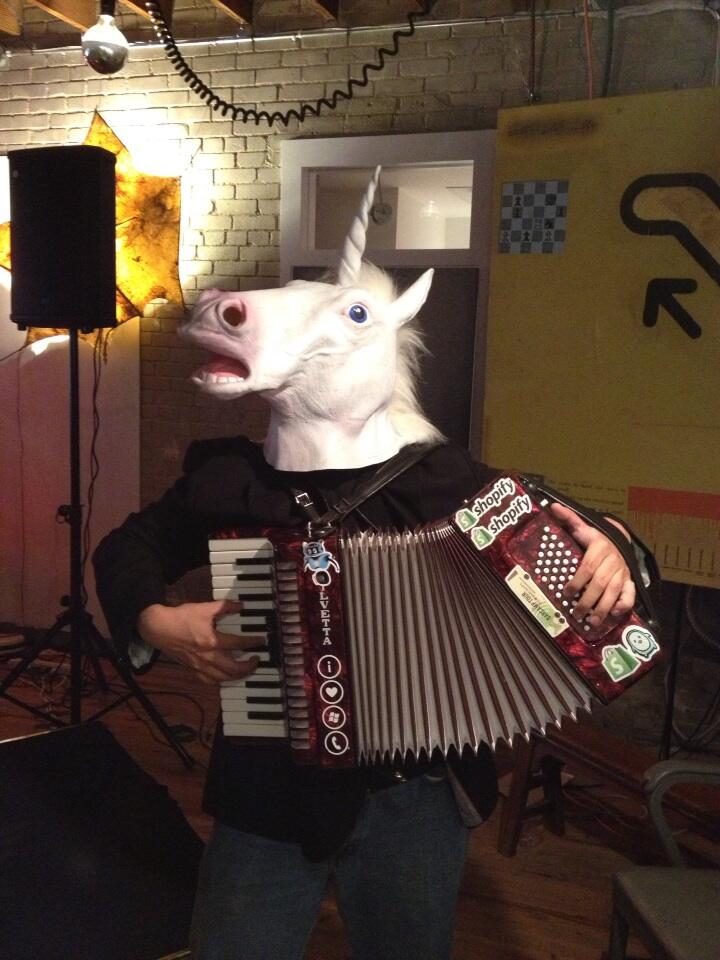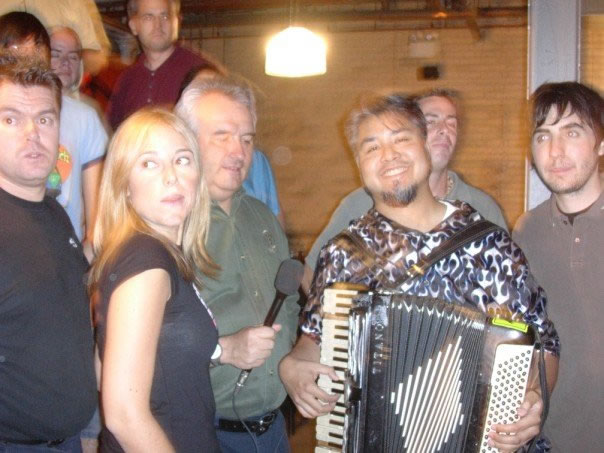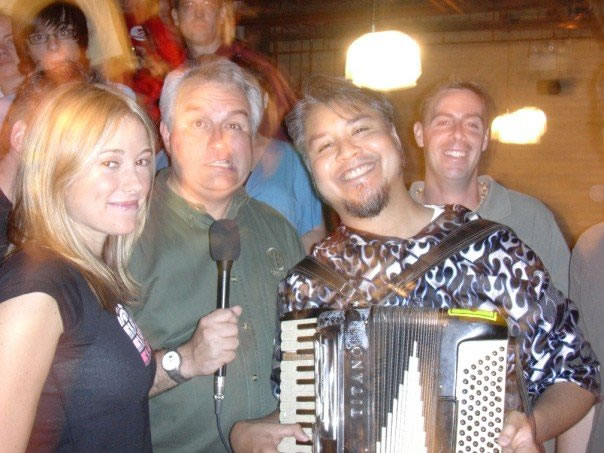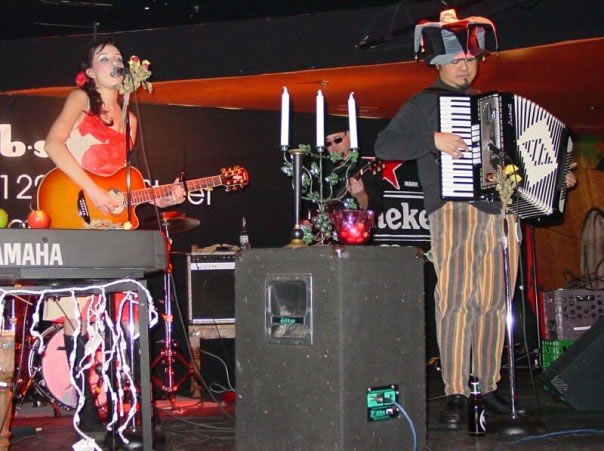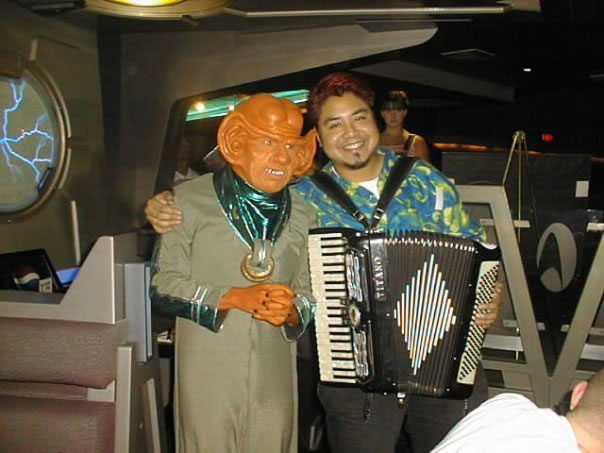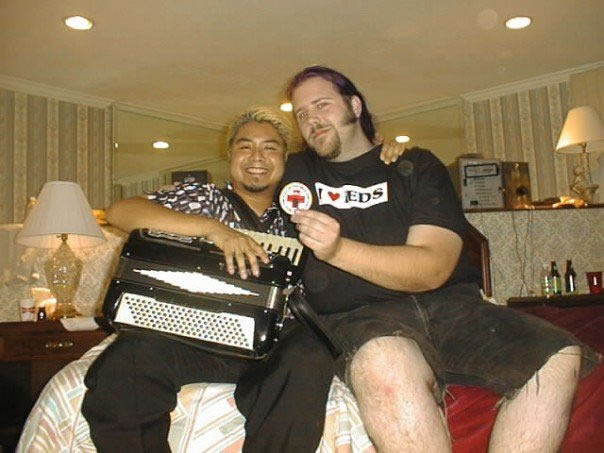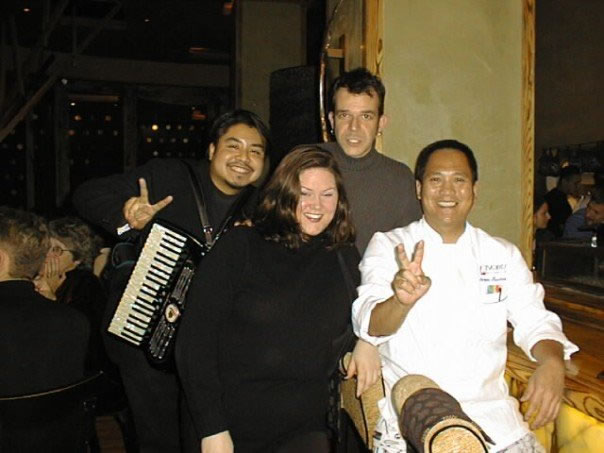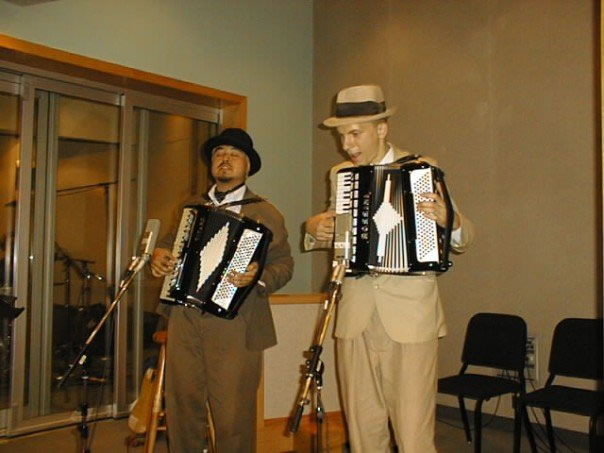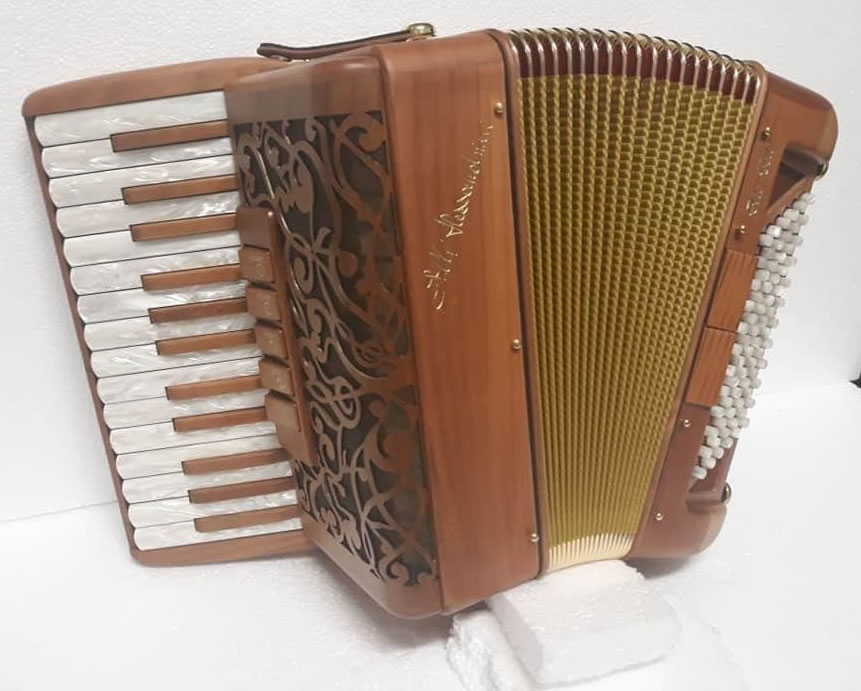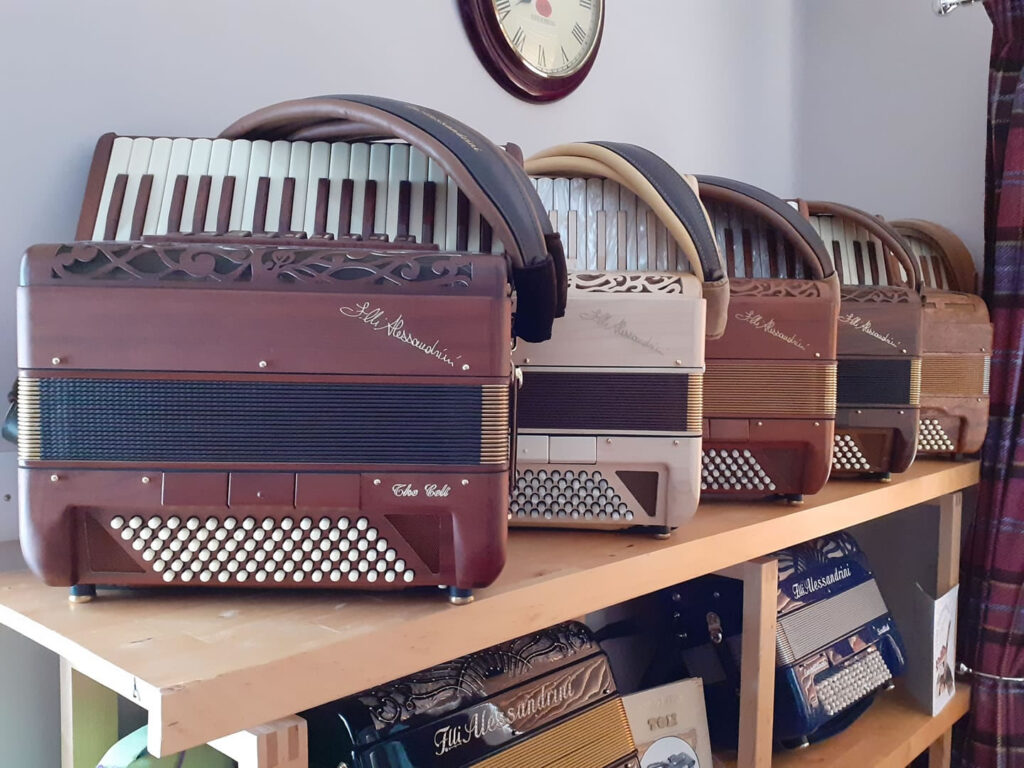Tucker Carlson, spoiled frozen-food heir pretending to be a journalist, claims that a shipment of “damning” documents linked to Hunter and Joe Biden “mysteriously disappeared” in transit to Los Angeles.
Here’s the story, from Fox News themselves:
“We texted a producer in New York and asked him to send those documents to us in L.A, ” Carlson explained. “And he did that, so Monday afternoon of this week, he shipped the documents overnight to California with a large national carrier, a brand-name company that we’ve used, you’ve used, countless times with never a single problem.”
But the documents never arrived in Los Angeles, Carlson said.
“Tuesday morning we received word from the shipping company that our package had been opened and the contents were missing. The documents had disappeared.”
It’s strange that they wouldn’t have simply sent someone to personally take the documents with them and book a flight to Los Angeles, as one might do when one has the budget and is transporting incredibly sensitive (but not restricted) items.
There’s also the safeguard of scanning or at least photographing the documents first. And hey, we live in a time and place where everyone has a high-resolution camera/scanner/video recorder in their pocket!
And finally, there’s the receipt and tracking number. Assuming of course, the shipment existed.

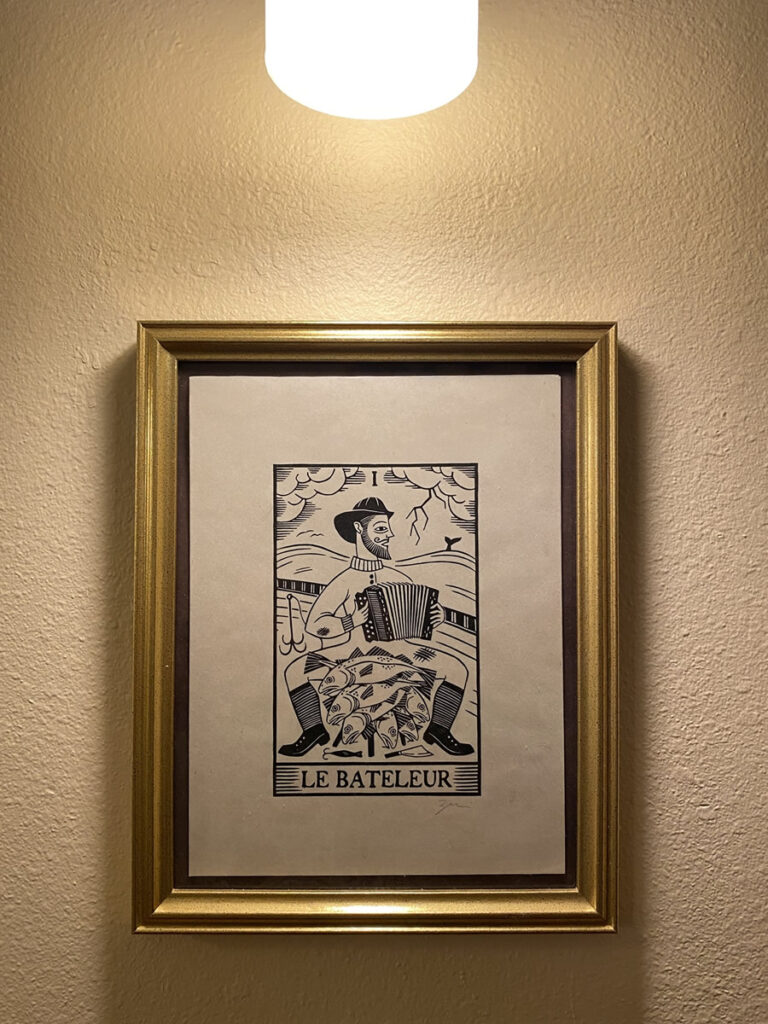
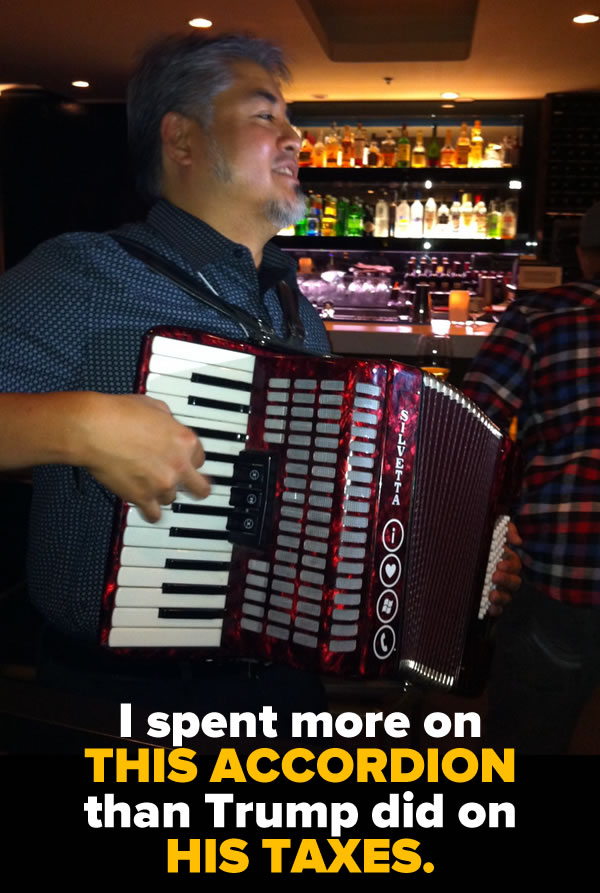
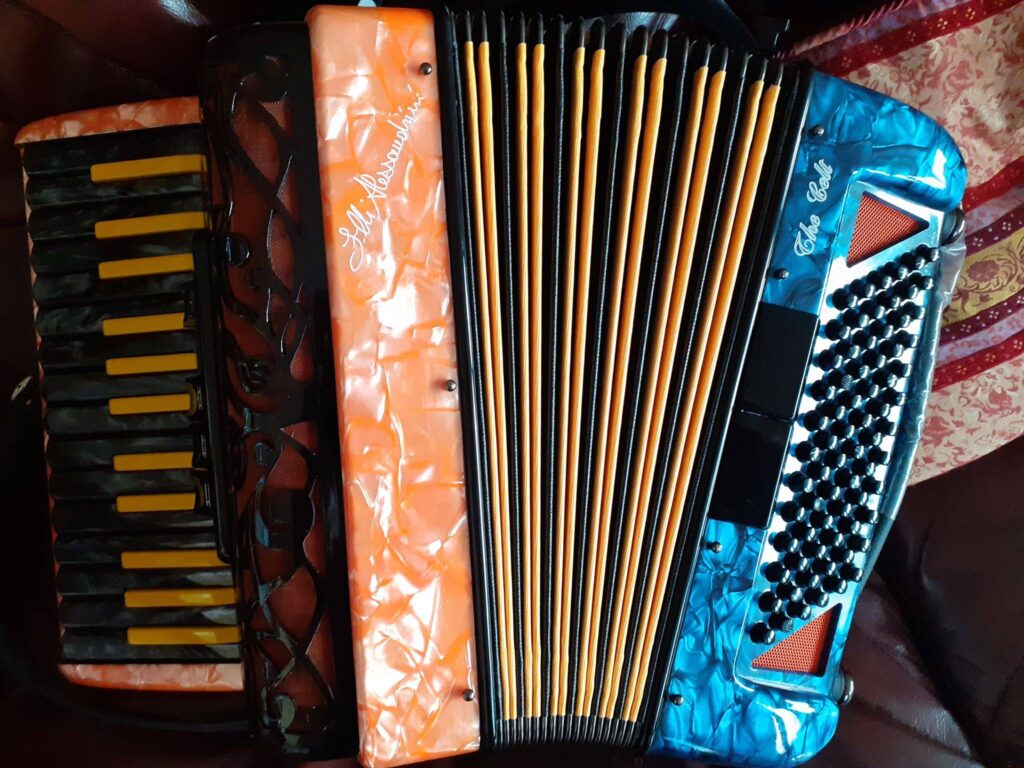
 The Squeezebox Shop (Scotland)
The Squeezebox Shop (Scotland)
